On a scorching hot day in 2020, Helen Murray drove from her home in Norwich, Norfolk, to the seaside town of Cromer in search of ghosts. With map in hand she walked to the site where her family’s grand summer residence Newhaven Court once stood overlooking the North Sea.
The house burned down in 1963, but as Helen closed her eyes she imagined the turreted mansion rising from the ashes. There was Alfred, Lord Tennyson in his long black cloak strolling around the rose garden. Hannah Jane, her great great grandmother, walked across the lawn to check on Ernest Shackleton who was writing a book about his Antarctic expedition. She also imagined author MR James on the pathway, dreaming up a new ghost story to scare guests over supper, and children’s illustrator Kate Greenaway appearing after a stroll on the beach.
All of these celebrated people were guests of Helen’s ancestors, who owned this corner of paradise for half a century. She has been so inspired by their life at Cromer that she has written an evocative book about it called Newhaven Court: Love, Tragedy, Heroism and Intrigue (The History Press, 2022).
“My maternal grandmother Jane Madden used to take us on days out to Cromer,” Helen explains. “We would bump along the country lanes in her bright orange Volkswagen Beetle, sucking on sweets. After a picnic lunch, Grandma would tell us stories of the big house on the hill, Newhaven Court, which was owned by her charismatic Uncle Oliver. She would become lost in memories of days on the beach with her cousins, eating ice cream and splashing in the surf.”
Unravelling the secrets of a visitors' book
These treasured memories inspired Helen to delve into the house’s history. “In 2020, I visited my cousin, the keeper of many of our family records. She produced a volume of blue leather inlaid with gold lettering. It was the Newhaven Court visitors’ book, which I’d been shown as a child. Written in spidery handwriting, names like Shackleton and Churchill jumped out at me. I couldn’t wait to tell the story of their times at Cromer.
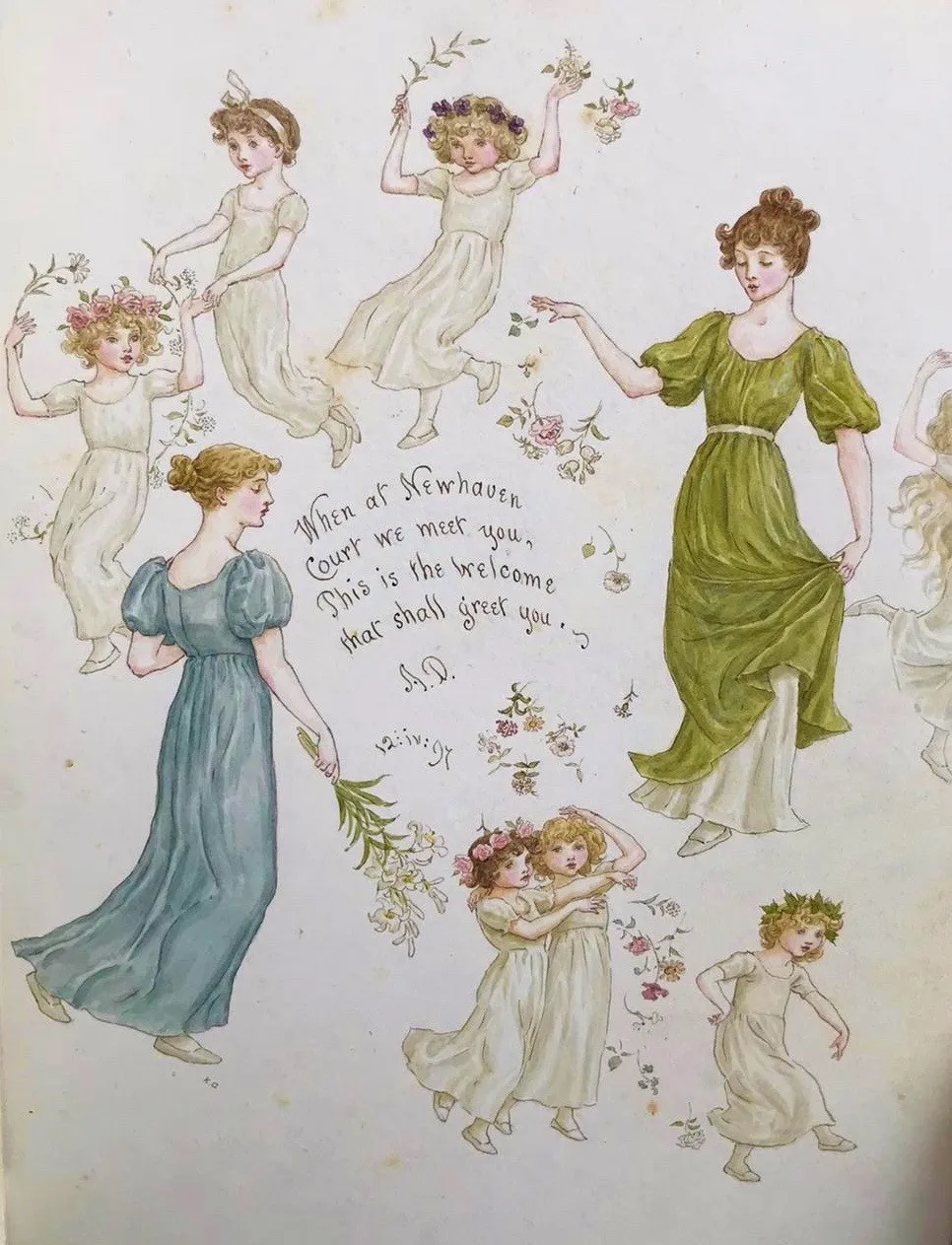
“My cousin had also kept my grandmother’s photos and letters in a dusty loft. These, plus the family diaries, autobiographies and letters that I’ve found, feel like little piles of treasure.”
Helen began exploring her family history in 2005, and her background working for the Norfolk Museum Service helped with her research. Her grandmother’s parents were John Delmar-Morgan and his wife Dorothy Locker-Lampson, whose parents owned Newhaven Court. The family spent many happy summers there.
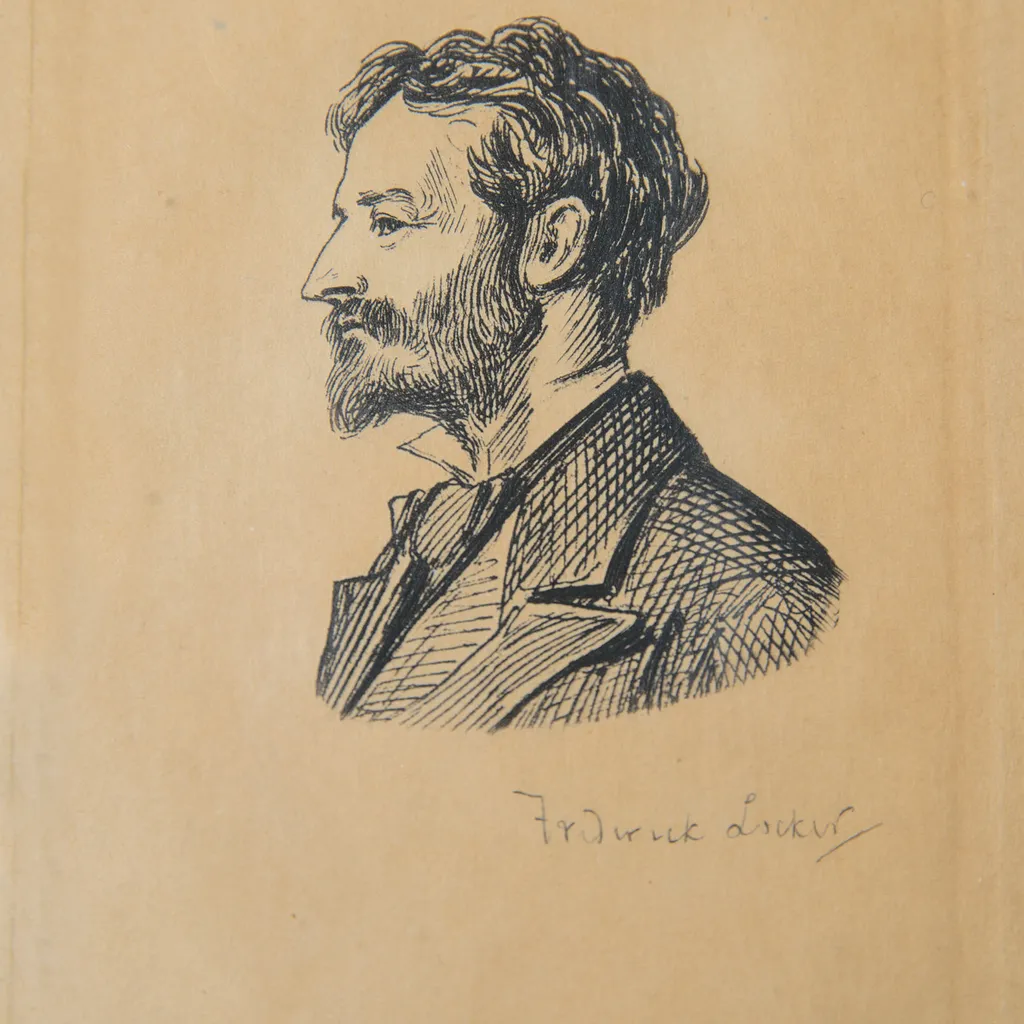
“Dorothy’s parents were the poet Frederick Locker and heiress Hannah Jane Lampson.” They seemed an unlikely couple – Frederick was quiet and intellectual, whereas Hannah Jane was vibrant and dynamic. But both came from very well-connected families.
“Frederick’s first wife was Lady Charlotte Bruce, daughter of Lord Elgin who brought the famous marbles to England. They dined with Queen Victoria and socialised with Charles Dickens, George Eliot and Henry James. Lady Charlotte died in 1872, and their daughter Eleanor married Lord Tennyson’s son, Lionel.
“Hannah Jane met Frederick at a New Year’s Ball in January 1873, and the attraction was instant. Her parents Curtis and Jane Lampson were born in the USA, and came to Britain in around 1830. Sir Curtis, as he became, established a successful business trading in fur, and was able to buy a Tudor mansion in Sussex.
“Frederick and Hannah Jane married in 1874, when he was 53 and she was 27. Rumour had it that Frederick was after her fortune; however, it soon became clear that theirs was a love match. They had four children: Godfrey, the twins Oliver and Maud, and my great grandmother Dorothy.
The building of Newhaven Court
“Hannah Jane fell in love with Cromer after a summer holiday in 1882. She was convinced that her young family needed a home far from the ‘unhealthy congestion and pollution of London’.”
She chose a 10-acre site on the outskirts of town with sea views. “Hannah Jane was inspired by the most on-trend style in England at the time, which was Queen Anne Revival. The mansion was completed in 1884 and featured a turreted corner tower, red-brick façade, balconies and stone-mullioned windows.”
It was surrounded by an elegant rose garden, pines for privacy, and a large lawn bordered by flower beds. The pièce de résistance was the immaculate grass tennis court, which would be the scene of many a flirtation among glamorous guests.
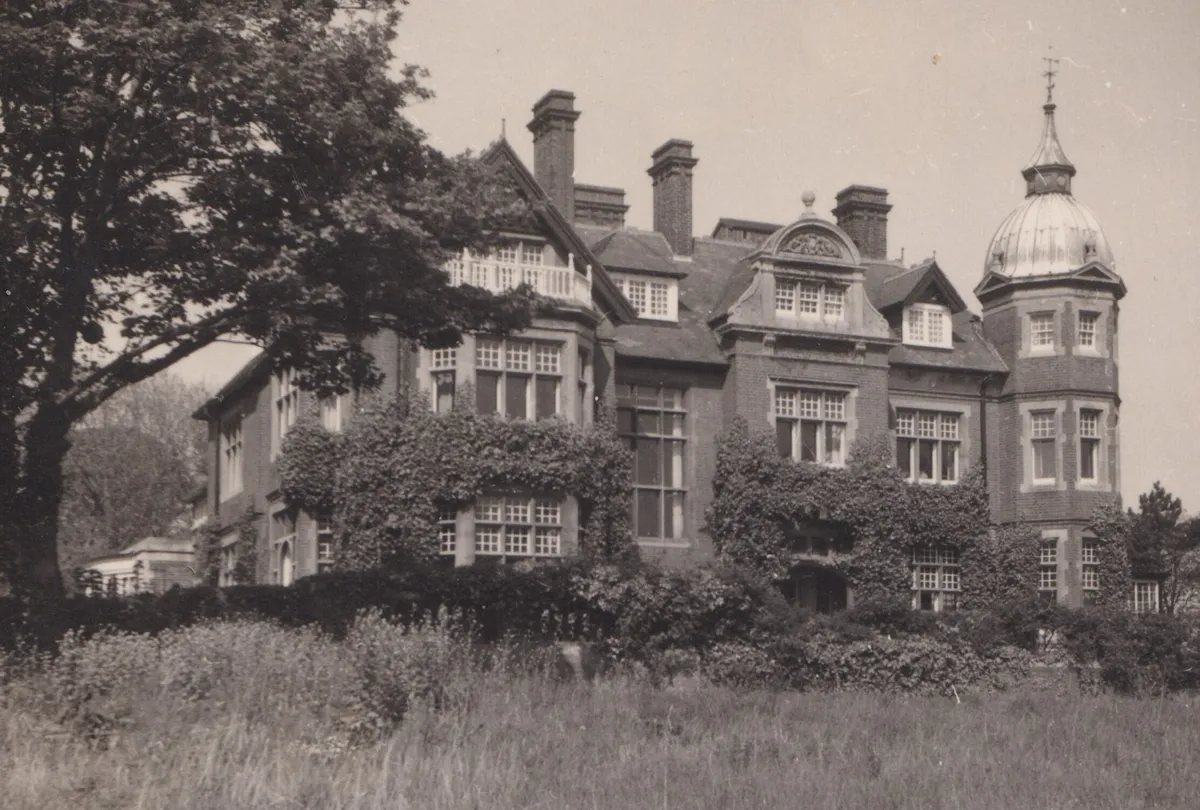
Inside the house were paintings by Holbein and sketches by van Dyck, plus display cabinets with coins, fossilised amber, jewellery boxes and snuff pouches.
The Locker-Lampsons spent most of their time in London, and looked forward to long summer holidays in Norfolk. “During summer, the children searched the rockpools for crabs and long-spined sea scorpions,” Helen tells Who Do You Think You Are? Magazine. “They feasted on picnics by the summerhouse and enjoyed games of croquet on the lawn, as well as parlour games in the later hours while the house was filled with music.”
Their illustrious guests found Newhaven Court a welcome escape from the milieu of London. “While staying there, Lord Tennyson enjoyed sailing on picturesque Wroxham Broad.”
Oscar Wilde played tennis and dined with the Locker-Lampsons at Newhaven Court in 1892. “He appeared to be suffering inner turmoil, for a year earlier he had begun a passionate affair with Lord Alfred Douglas.”
Frederick and Hannah Jane enjoyed many summers in Cromer before Frederick passed away in 1895 aged 74. He was greatly missed by the children and Hannah Jane, who was only 48 at the time. She lived on until 1915, and died following a seizure.
Newhaven Court passed to their son Oliver Locker-Lampson, who served as a Conservative MP for 35 years. “During the First World War, Oliver became a commander in the Royal Navy Volunteer Reserve, and established the armoured car division, Number 15 Squadron.”
Housing Belgian refugees during the First World War
Newhaven Court became a refuge for Belgians who had escaped the German invasion during the First World War. The croquet lawn was turned into a training trench, and armoured cars were housed in the garages. “Oliver became friends with Winston Churchill, who had visited with his wife Clementine in 1912.”
Oliver served on the Western Front and volunteered his squadron to fight in the East. “A relative, Julian Delmar-Morgan, said that when Churchill heard that Oliver was going to fight in Russia, he tossed a gun across the table to him and said, ‘You’re going to need it.’ ”
After the war, the cost of supporting refugees meant that Oliver had to open Newhaven Court as a hotel. He and his first wife Bianca (Bee), a glamorous artist, added a dance pavilion and indoor tennis courts. Helen would love to step back in time to this heyday era. “The fancy-dress parties, carnivals, tennis tournaments and dances would have been such fun.”
Oliver was avidly anti-Communist and expressed early approval of fascism. By the early 1930s, he came to abhor the movement and worked tirelessly to help Jewish people escape persecution on the Continent.
A safe haven for Albert Einstein
The most famous refugee to receive his assistance was Albert Einstein, who faced threats of Nazi assassination while living in Belgium with Oliver’s friends Albert I and Queen Elisabeth. “Oliver had already met Einstein in London, and offered him a safe haven. The physicist stayed in a house at Roughton Heath on Oliver’s land for three weeks, where local men formed an armed guard.” Einstein then sailed from Southampton to the USA.
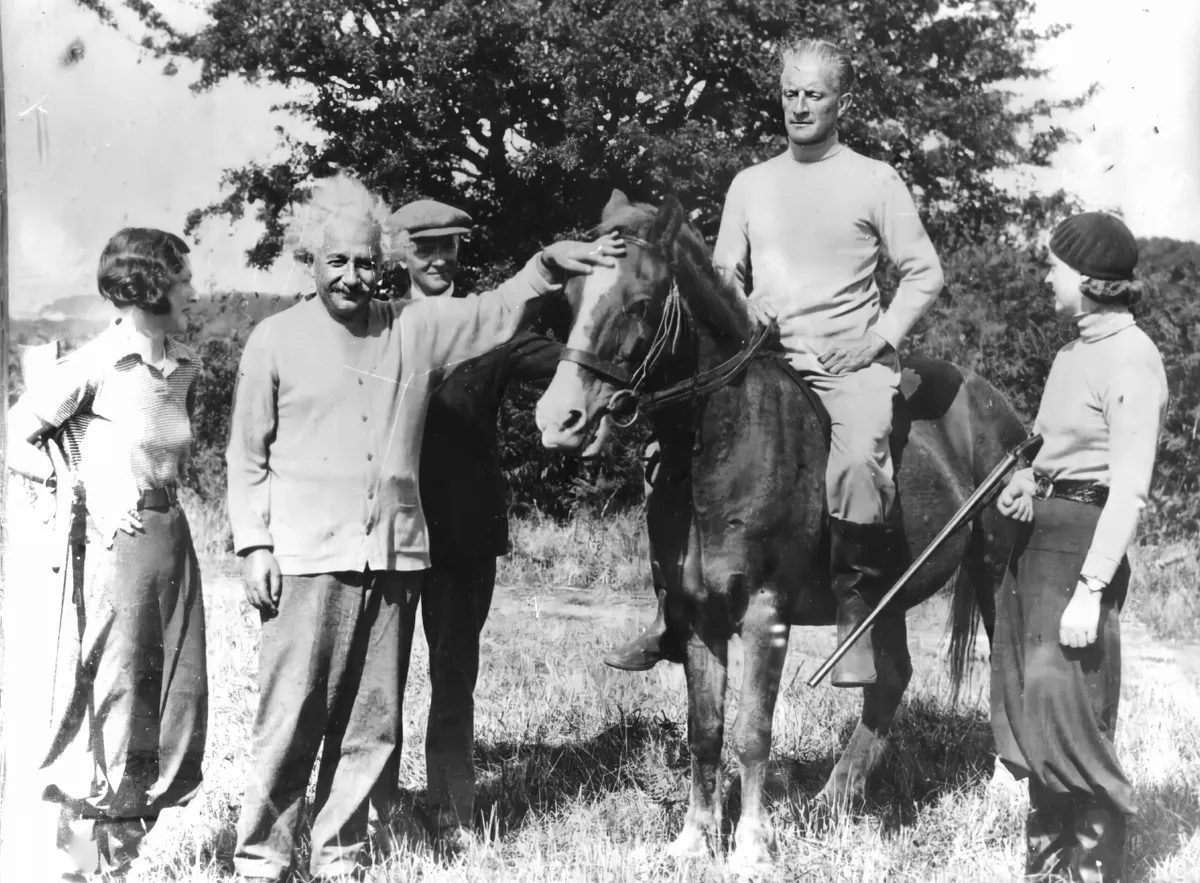
Bee died as a result of acute pancreatitis in 1929, aged only 30. Six years later Oliver married his assistant Barbara Goodall and they had two sons Jonathan and Stephen. Financial problems forced them to sell Newhaven Court in 1933, and it continued to be run as a hotel until it burned to the ground 30 years later.
“I feel a great sense of satisfaction and pride that I have pulled together and preserved in one place all of the stories and people associated with Newhaven Court. I feel close to my ancestors now, in fact they are as close to me as my living family.”
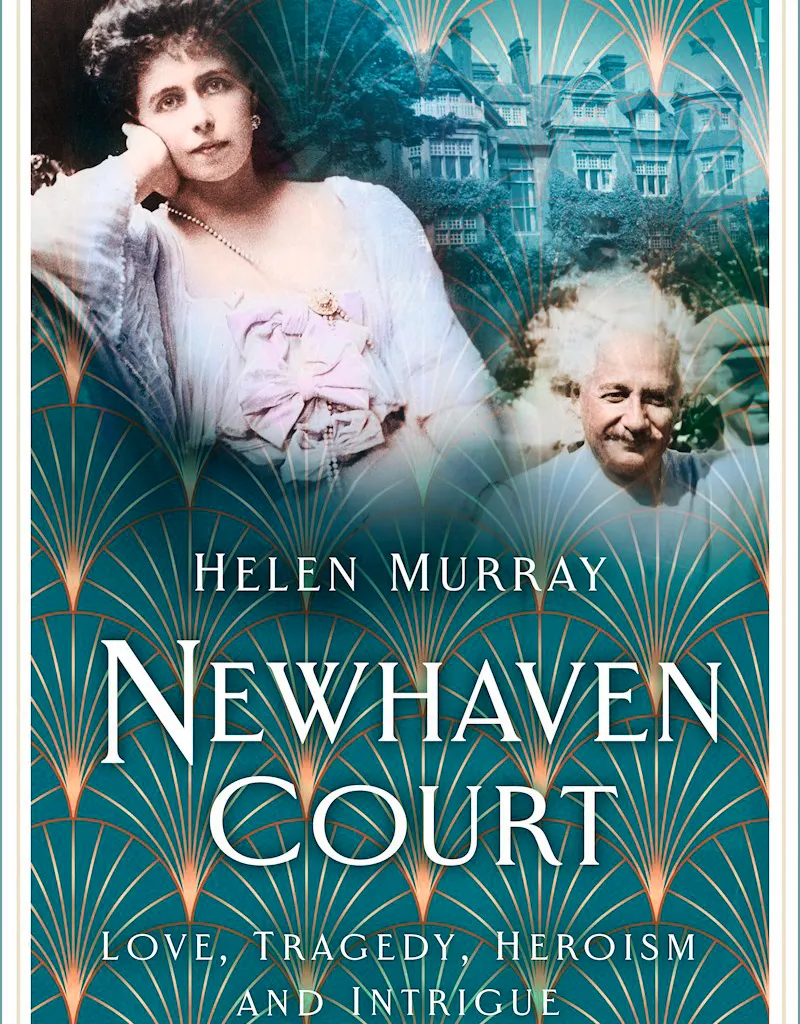
Helen Murray's book Newhaven Court: Love, Tragedy, Heroism and Intrigue is out now
